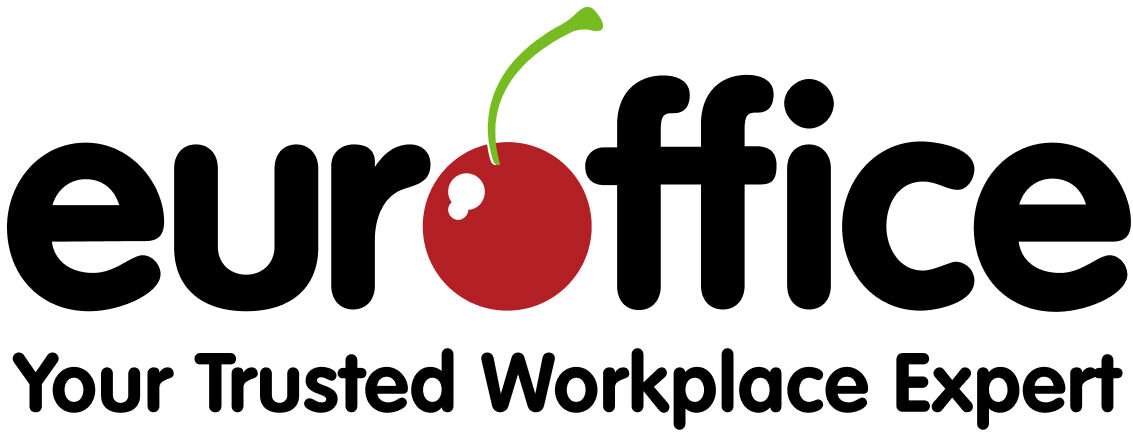Have you ever wondered what the stories were behind famous office furniture in films and TV? Let’s have a look at some venomous desks for evil villains.
Don Corleone
The offers you couldn’t refuse were made in The Godfather’s office as he sat behind his office desk stroking a cat (which was a stray found on the film’s lot at Paramount). The desk in question was a ‘heavily carved’ late 19th Century kneehole desk which, I think, was rented from an New York antiques company called Newel, founded in 1939. When Paramount decided to make a sequel they called the firm back up to get the prop again. Eventually the production team bought it for Francis Ford Coppola. You can now see it at the director’s own winery.
Hannibal Lecter
While we might associate Hannibal with a dining table, his office desk has taken centre stage in the character’s most recent exploits on TV, often in shot where he’s interviewing his patients (and future victims). The desk is where he can be found drawing figures from Renaissance art or plotting the downfall of his best-friend-cum-foe Will Graham. Part of the design brief for Hannibal’s world was ‘elegant horror movie’ and the house of Sir John Soane, here in London. But for all the gothic overtones, Hannibal’s desk is actually a mid-century piece by Danish designer Leif Jacobsen.
Francis Underwood
Was Francis Urquhart of the UK’s House of Cards ever this ruthless? Netflix’s US president uses a copy of the Resolute desk, a gift from Queen Victoria to 19th US President Rutherford B. Hayes in 1890. It got its name because it’s made from timbers of the Resolute, a British ship designed to explore the Arctic. While Francis Underwood will be remembered for his misdeeds and murders, one of Rutherford’s claims to fame is that he was the first president to have a telephone and typewriter in the Oval office.
https://www.youtube.com/watch?v=a5Ha3IWeXOo
Gordon Gekko
This financial villain will be remembered for his Greed is Good speech, extolling the power of money and archetypal of the ruthless investment world of the 1980s. Ambitious trader Bud Fox makes the mistake of choosing Gekko as his role model, and thereby hangs a tale.
In Wall Street, Gordon Gekko has that most prized of possessions, a corner office, with a panoramic view of the New York skyline. Plus all the accoutrements of corporate power: banks of computer monitors, an enormous glass desk and a huge padded red leather chair. The actual office was in a building on 222 Broadway in Manhattan. (There’s a rude word in the video, so be warned.)
https://www.youtube.com/watch?v=IVjCRWbvM4c
Keyser Soze
In The Usual Suspects, Soze is spoken about in fearful tones, a man so ruthless that he would murder his own family rather than have them used as pawns against him. In the key moment of the film, Soze is being interviewed by a police officer who doesn’t realise who he’s speaking to. Sitting in front of the cop’s desk, Soze pretends to be a small and weak – the exact opposite of the character’s true nature – weaving a tale from notices pinned to the wall behind the desk, to throw the officer off his scent.
What’s interesting about this scene, is the desk is used as a prop, but in a completely different way than normal. Normally the villain sits behind his desk, glaring at the soon-to-be-victim in front of him. Here Soze reverses the dynamic, so that his weakness, his very position in the room, becomes his disguise.



